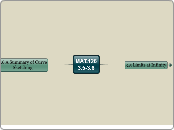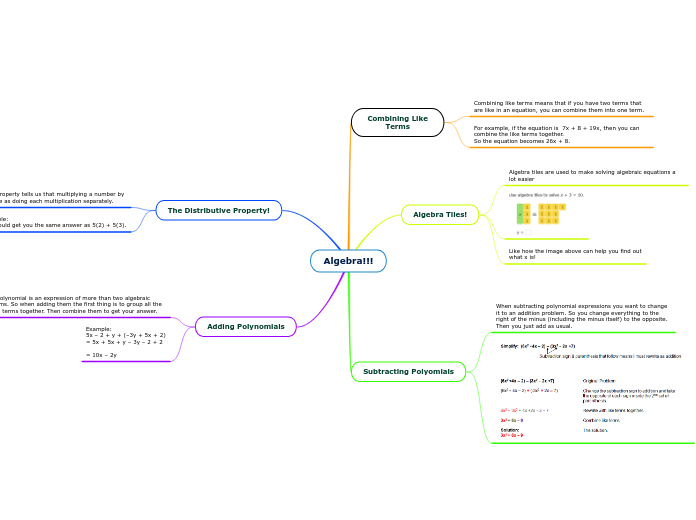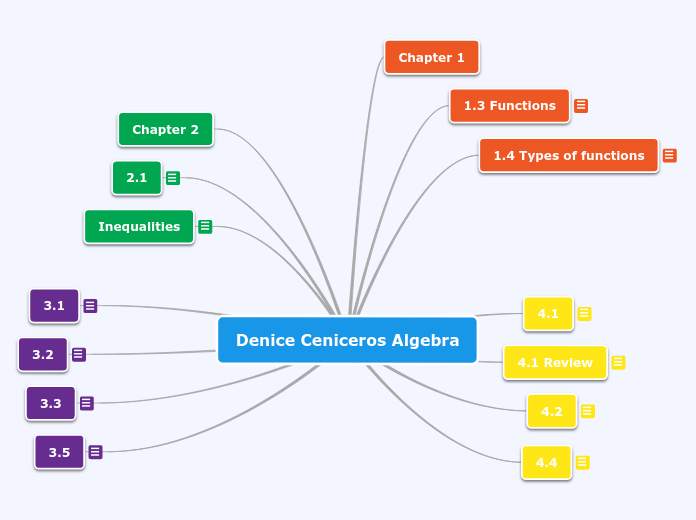arabera Juan Enrico Miguel Sandoy 7 years ago
265
Juan Enrico Miguel Sandoy
Polynomial functions include quadratic, cubic, quartic, and higher-degree equations involving non-negative integer powers of x. The multiplicity of a root refers to how many times a particular number is a zero of the polynomial.









